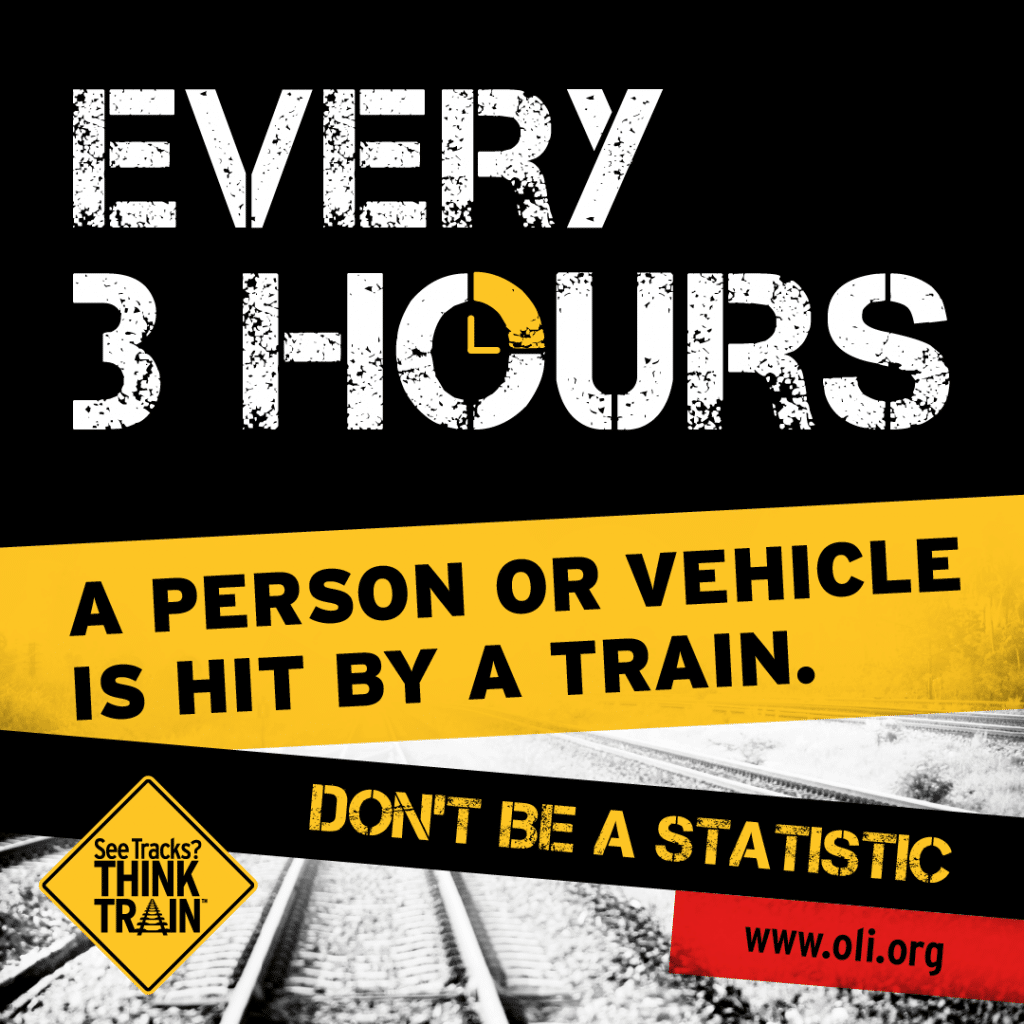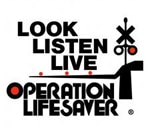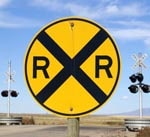
“Operation Lifesaver is working to change people’s behavior around railroad tracks and crossings with our educational materials and tips for people of all ages,” said OLI Interim President Wende Corcoran.
“Every year, approximately 900 trespassers and over 1,000 motorists are involved in incidents along train tracks or at grade crossings,” she continued. “Reaching school-aged students with free presentations by our volunteers that are interesting, fun and that convey lifesaving information is an important part of our multi-faceted approach to reducing those numbers.”
The number of trespassers killed or injured while trespassing on railroad tracks and property rose in 2015 and 2016, according to Federal Railroad Administration statistics. Corcoran noted that the new resources have been specifically designed to deliver age-appropriate trespass prevention messages.
The new Operation Lifesaver, Inc. materials include:
- The Trains & Tracks presentation, for use with children in grades K-2 or between the ages of 5-8, introduces young children to basic safety messages and train attributes, emphasizing the importance of using caution around trains and tracks. The information is presented as a story, “Train and the Whateveritwas,” which incorporates key safety messages in an entertaining and engaging format.
- The Train Safety Savvy presentation, for use with children in grades 3-5 or between the ages of 8-11, covers general safety messages, signs and signals, and trespass prevention messages using information and interactive games sequences to keep the attention of this age group.
- The Main Line Middle School presentation, which uses emoji-like characters in a colorful, yearbook-style story line to appeal to smart phone-savvy students in grades 6-8 or ages 11-13, covers general safety messages, signs and signals, and trespass prevention messages.
Corcoran said that the three new educational tools are available for viewing on the OL for Kids section of the Operation Lifesaver, Inc. website. She noted that Operation Lifesaver Authorized Volunteers (OLAVs) may access and download all of these new materials in the Education Materials section of the website, as they do with all OLI presentation materials.
“We are excited to share these new educational materials with students, educators and schools across the U.S.,” said Corcoran.
About Operation Lifesaver – Operation Lifesaver is a nonprofit public safety education and awareness organization dedicated to reducing collisions, fatalities and injuries at highway-rail crossings and preventing trespassing on or near railroad tracks. A national network of trained volunteers provides free presentations on rail safety and a public awareness campaign, “See Tracks? Think Train!” equips the public with tips and statistics to encourage safe behavior near the tracks. Learn more at http://www.oli.org.

 Union Pacific Railroad’s Operation Lifesaver is a rail safety program that’s been in place for 42 years, but railroad officials are hoping to broaden their outreach to more than just city council presentations.
Union Pacific Railroad’s Operation Lifesaver is a rail safety program that’s been in place for 42 years, but railroad officials are hoping to broaden their outreach to more than just city council presentations. WASHINGTON – The Association of American Railroads (AAR) June 3 announced that North America’s freight railroads will host events in multiple cities across the country in observance of the sixth-annual International Level Crossing Day (ILCAD) aimed at raising public awareness about safe behavior around railroad grade crossings.
WASHINGTON – The Association of American Railroads (AAR) June 3 announced that North America’s freight railroads will host events in multiple cities across the country in observance of the sixth-annual International Level Crossing Day (ILCAD) aimed at raising public awareness about safe behavior around railroad grade crossings.